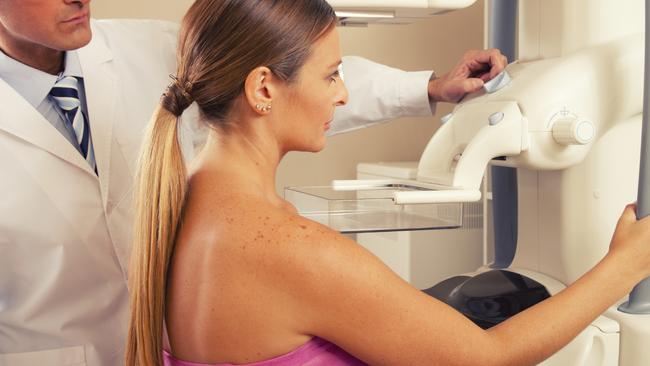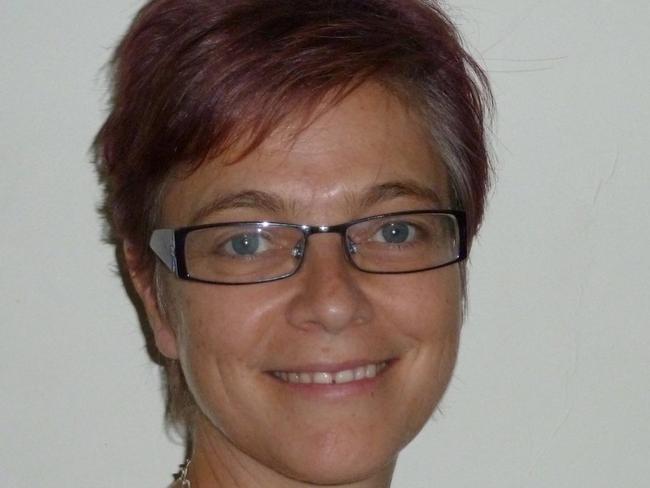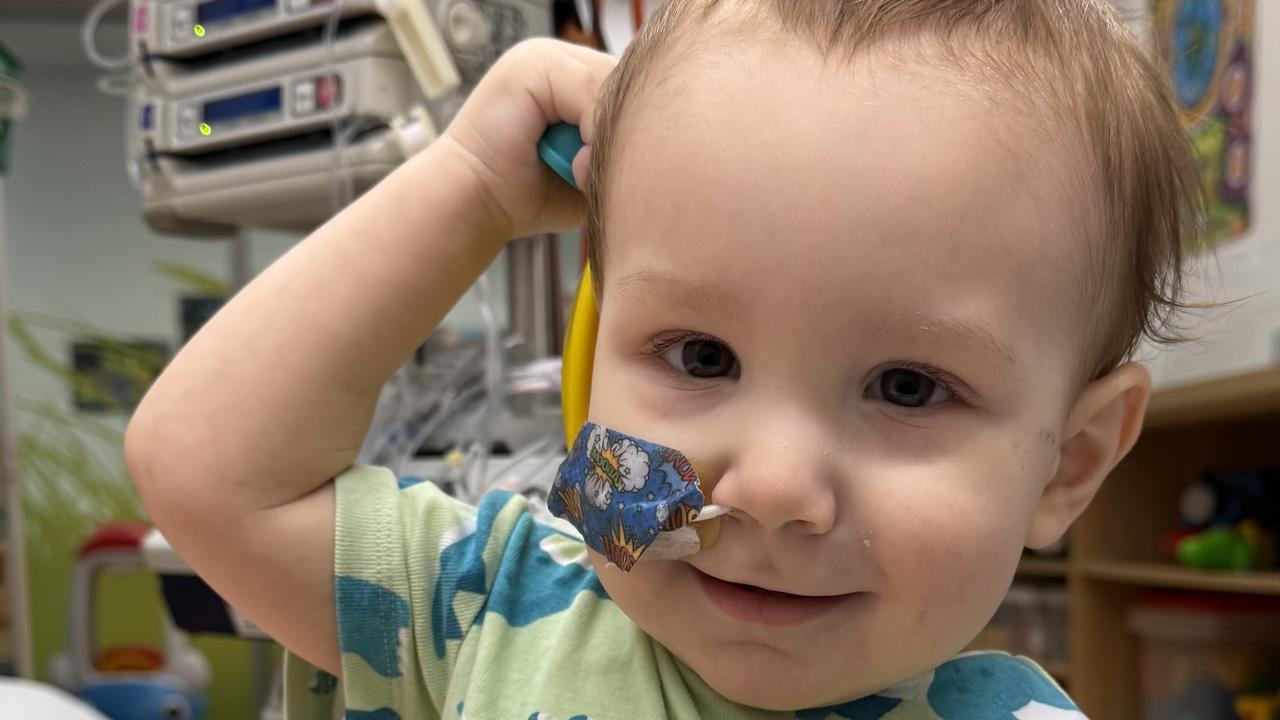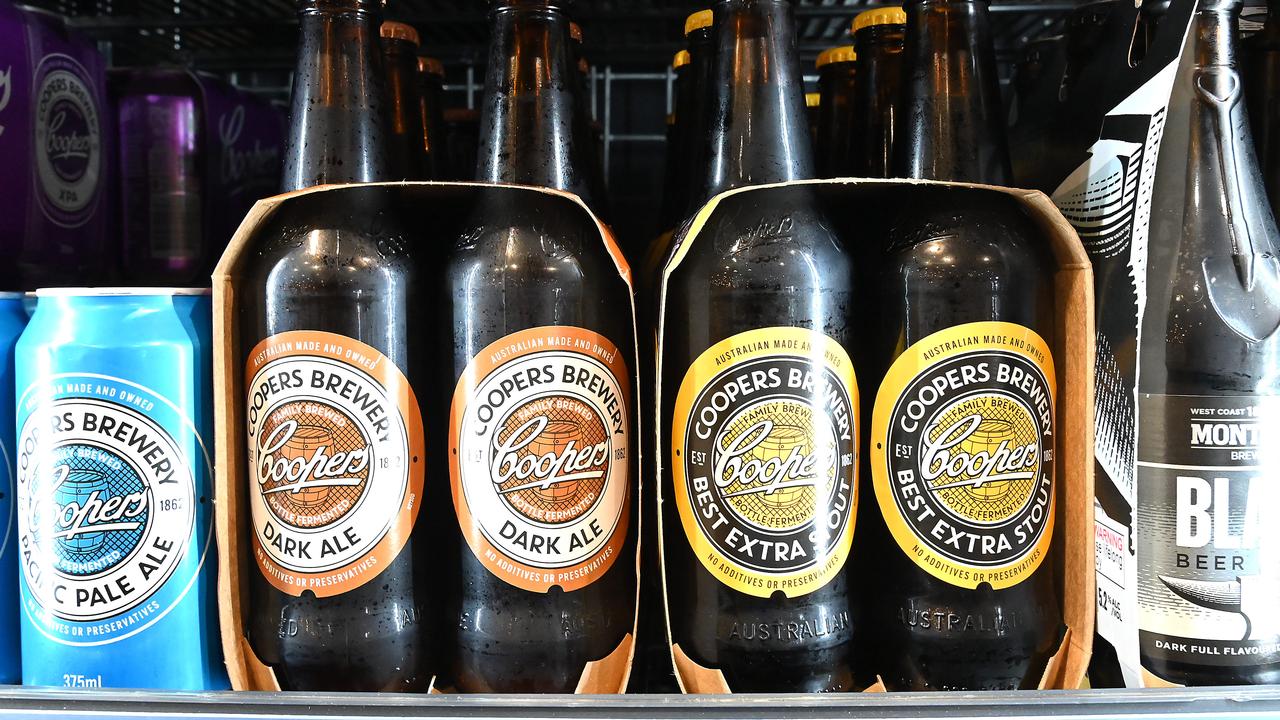Mammograms may not detect cancers in women with ‘denser’ breast tissue: research
WOMEN with dense breast tissue are up to six times more likely to develop cancer but a mammogram may not detect it.
Illness
Don't miss out on the headlines from Illness. Followed categories will be added to My News.
EXCLUSIVE
It’s the medical secret that could be making women wrongly complacent about their risk of breast cancer — mammograms aren’t good at finding cancer if you have dense breasts.
A group of senior Australian researchers from five universities and cancer clinics are so concerned that women are not being warned they have dense breasts when they have a mammogram they are lobbying for change to save lives.
Women with dense breasts are four to six times more likely to develop breast cancer says University of Adelaide’s breast cancer researcher Associate Professor Wendy Ingman.
“On a mammogram, breast density is shown as white and bright regions. But unfortunately, potential tumours are also shown as white and bright on a mammogram,” she says.
“With the technology currently available, it is harder to see tumours in breasts with denser tissue on a mammogram. The danger is that these women are at risk of having tumours missed at the time of screening,” Associate Professor Ingman says.

In the US, Dr Nancy Capello was given a normal report from a mammogram but six weeks later her doctor found a breast lump.
“The mammogram revealed “nothing” yet the ultrasound detected a large 2.5cm suspicious lesion, which was later confirmed to be stage 3c breast cancer, as the cancer had metastasised to 13 lymph nodes,” she says on her website “Are you dense?”.
“I endured a mastectomy, reconstruction, 8 chemotherapy treatments and 24 radiation treatments. The pathology report confirmed — stage 3c cancer — because the cancer had travelled outside of the breast — to my lymph nodes. Eighteen lymph nodes were removed and thirteen contained cancer — AND REMEMBER — a “normal” mammogram just weeks before,” she says.
Women should continue to have mammograms but they should be told when they have one if they have dense breasts, Professor Ingman says.
If they do have dense breasts they will need to visit their GP for an exam and might need supplementary screening through ultrasound or MRI to check if they have cancer, says Professor Ingman.
Professor Ingman says it is possible to determine breast density during a mammogram and women should be given this information.
In Western Australia, Breast Screen WA is already reporting breast density to women because they recognise it is important, says Professor Ingman.
In the US, 28 states are now requiring mandatory reporting of breast density during a mammogram screen.
Pip Brennan says she did not realise density was a problem until she received advice from Breastscreen WA that she had dense breasts when she had her first mammogram at age 50.
“That was the first I’d heard of it, and I’ve worked in women’s health for some time so I was surprised,” says the convener of the Health Consumer’s Council in Western Australia.

She visited her GP for a follow up physical examination and was given the all clear.
Adelaide mum Sandra Kanellos said she had a mammogram at age 41 after her doctor became worried that treatment for back pain had not made a difference.
It found nothing but a follow up screen two years later found three dots, and seven tumours were found when she had a mastectomy.
“My doctor basically saved my life, if I’d waited until I was fifty I would have had more cancers,” she said.
“If I’d have had dense breasts mine would not have showed up,” she said.
Sandra says she hopes the warnings about dense breasts will help other women avoids what she’s been through.
“After my journey with cancer, if you are scared of anything, go and have a mammogram,” she said.
There is currently no single agreed method or tool for measuring breast density, some imaging machines try to autocorrect for it.

Professor Ingman says breast density has nothing to do with breast size or the way they feel.
Dense breasts have less fatty tissue and more non-fatty tissue, such as more glands that make and drain milk, compared to breasts that aren’t dense.
Almost eight per cent of women aged between 40-74 years have extremely dense breasts.
The College of Radiology has guidelines that spell out different categories of breast density, she says.
The group of researchers raising the alarm on breast density is called INFORMD (Information FORUM on Mammographic Density), it comprises leading Australian breast cancer researchers from the Universities of Adelaide, Melbourne, Western Australia, Queensland University of Technology and the Peter MacCallum Cancer Centre in Victoria.
“We are simply a group of researchers, we know this and we are concerned other women don’t know it,” Professor Ingman said.
“We want to start a conversation, until this becomes known and people appreciate it there will be inaction.’ she said.
Originally published as Mammograms may not detect cancers in women with ‘denser’ breast tissue: research


